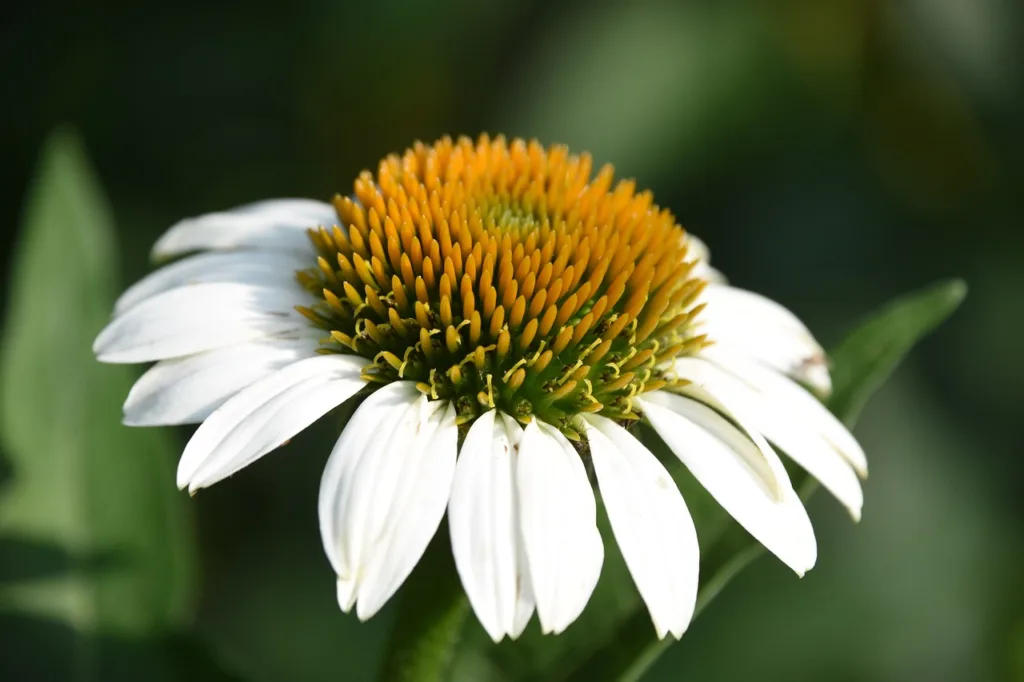White flower plants are botanical species that produce flowers in different shades of white. These plants are valued for their beautiful, pure, and often timeless nature.
White flowers can be found on a wide variety of plants, including trees, shrubs, perennials, annuals, and bulbs. They are popular choices in gardens, landscapes, and flower arrangements because of their ability to create a feeling of purity, innocence, and simplicity.
The beauty of white flowers lies in their round, as they can be used to create a calm and serene garden space or complement a variety of color schemes. White flowers are often linked to themes of purity, spirituality, new beginnings, and love.
40 Best White Flower Plants
Here’s a list of 40 white flower plants with names and pic:
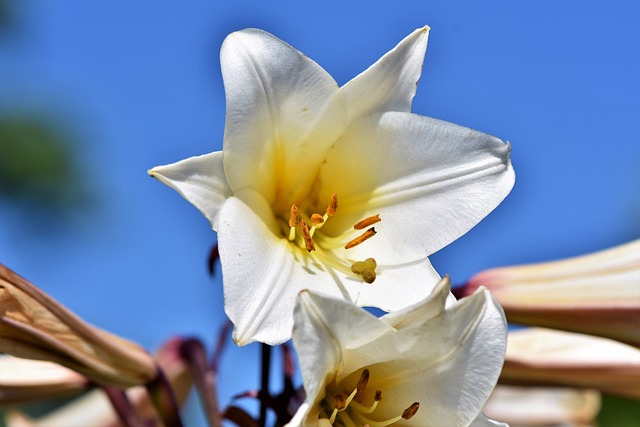
White Lily (Lilium spp): Beautiful and fragrant, white lilies are revered symbols of purity and virtue. With their royal appearance, they make wonderful additions to gardens and flower decorations.
White Lily
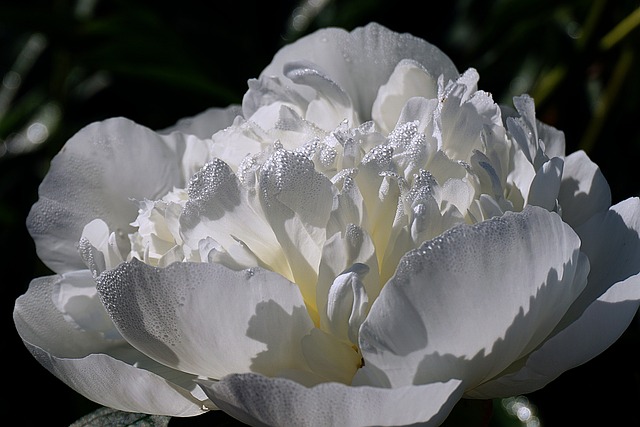
White peony (Paeonia lactiflora): White peonies have large, lush flowers, symbolizing good luck, compassion, and a happy marriage. These perennial plants are known for their excellent aroma and magnificent appearance.
White peony
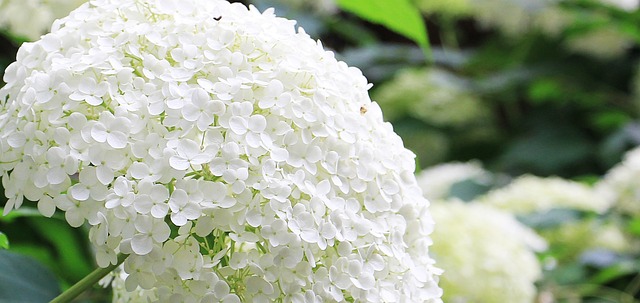
White hydrangea (Hydrangea spp): Hydrangeas produce large, globe-like clusters of flowers, and white varieties are classic and versatile. They symbolize purity and grace, and their color can be affected by the soil’s pH.
White hydrangea
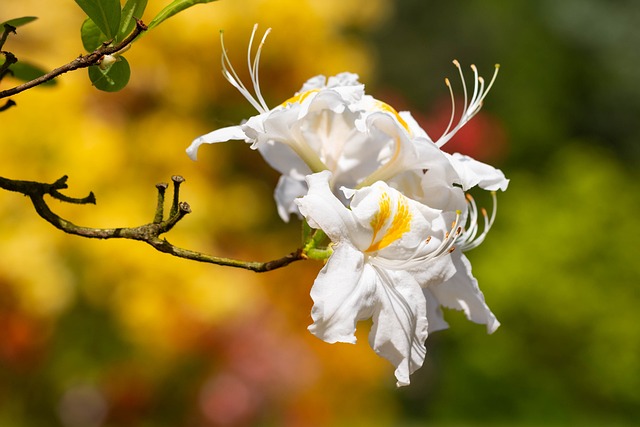
White Azalea (Rhododendron spp): With evergreen foliage and abundant white flowers in spring, white azaleas provide beauty and elegance to shady garden areas. They are a symbol of restraint and passion.
White Azalea
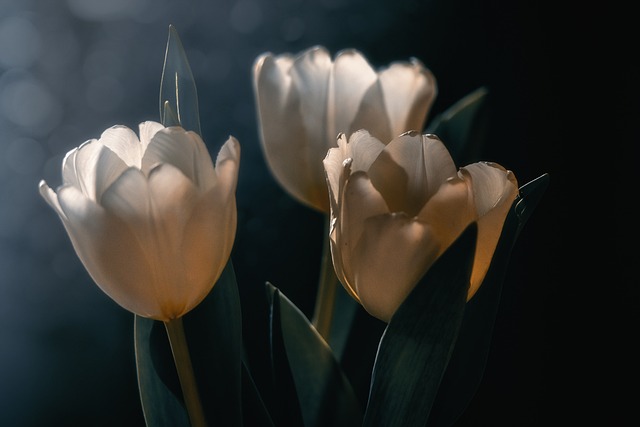
White Tulips (Tulipa spp): White tulips are beautiful and tranquil, representing purity and forgiveness. Their simple yet sophisticated appearance makes them prominent in spring gardens and flower arrangements.
White Tulips
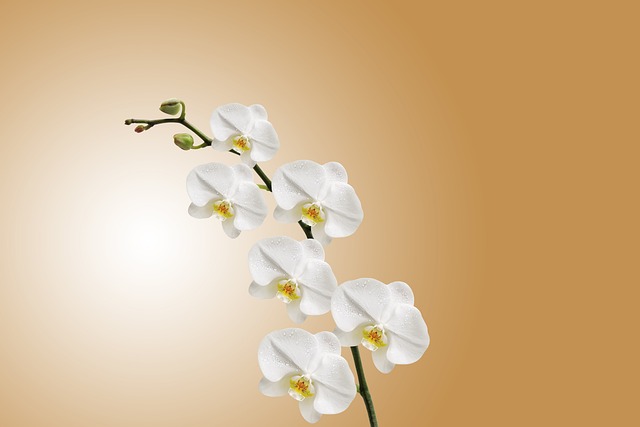
White Orchid (Orchidaceae spp): Orchids are associated with sophistication and beauty. White orchids, especially, symbolize innocence and purity. These exotic flowers add a touch of luxury to indoor settings.
White Orchid
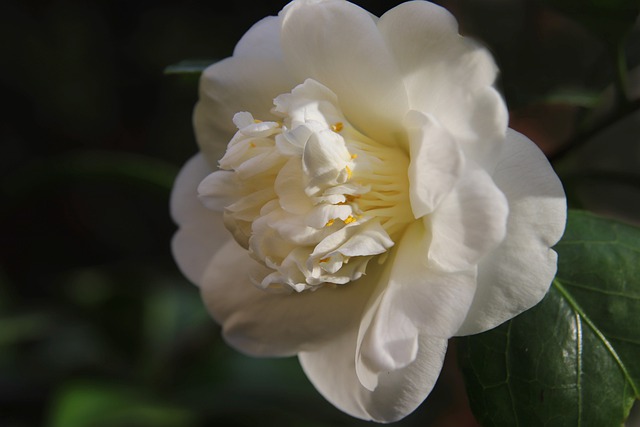
White camellia (Camellia japonica): Evergreen camellia has shiny leaves and waxy, white flowers. They bloom at the end of winter, symbolizing longevity, loyalty, and perfection.
White camellia
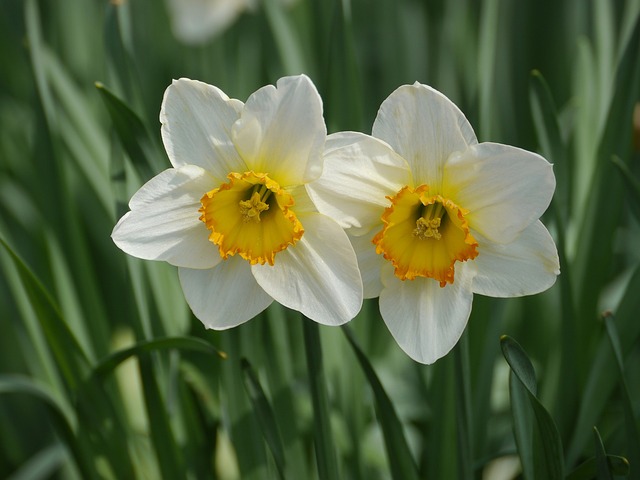
White Daffodil (Narcissus spp): The white daffodil heralds the spring season with its cheerful flowers. Symbolizing new beginnings, these flowers add sparkle and optimism to gardens and landscapes.
White Daffodil
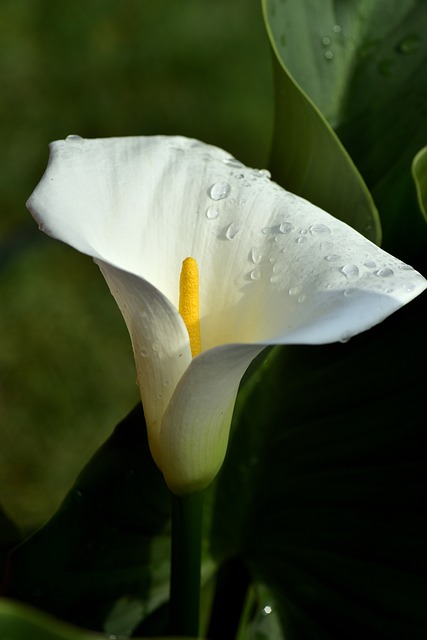
White Calla Lily (Zantedeschia spp): Featuring its beautiful, trumpet-shaped flowers, the white Calla lily symbolizes purity, rebirth, and elegance. They are popular in weddings and formal arrangements.
White Calla Lily
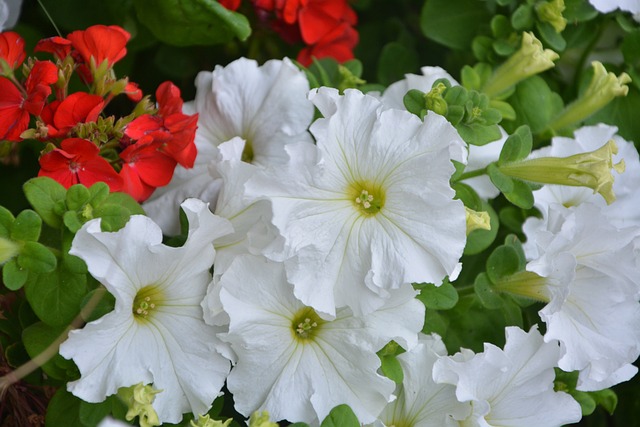
White Petunia (Petunia spp): Cascading or mounding, white petunia brings a touch of simplicity and purity to hanging baskets, containers, and flower beds. They are easy to grow and produce abundant blooms.
White Petunia
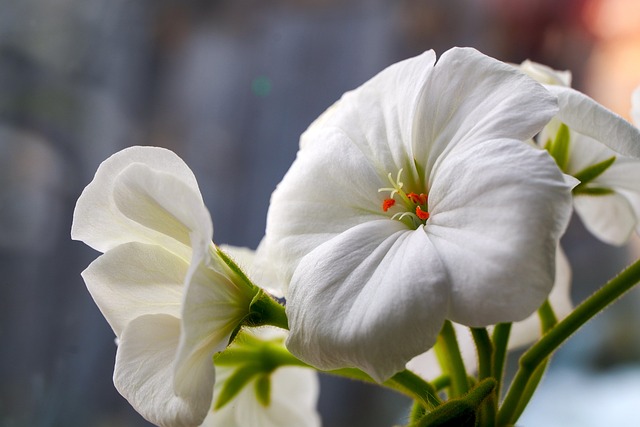
White Geranium (Pelargonium spp): White geraniums are classic, versatile plants that thrive in containers and gardens. With their continuous blooms, they give a crisp, clean look to outdoor spaces.
White Geranium
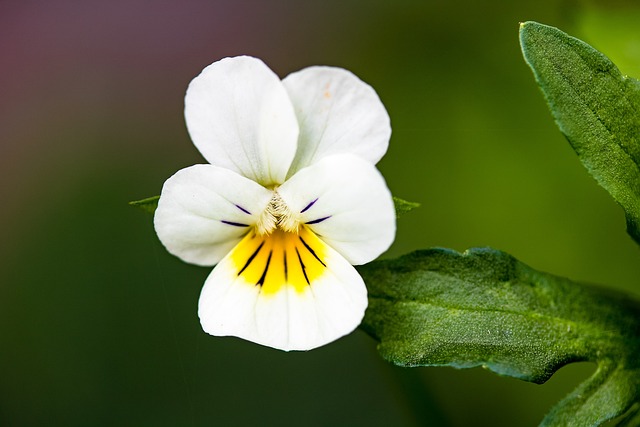
White Pansy (Viola tricolor): Delicate white pansies are cool-season “faced” flowers that symbolize thoughtfulness. Their velvety petals make them a favorite for early spring and autumn gardens.
White Pansy
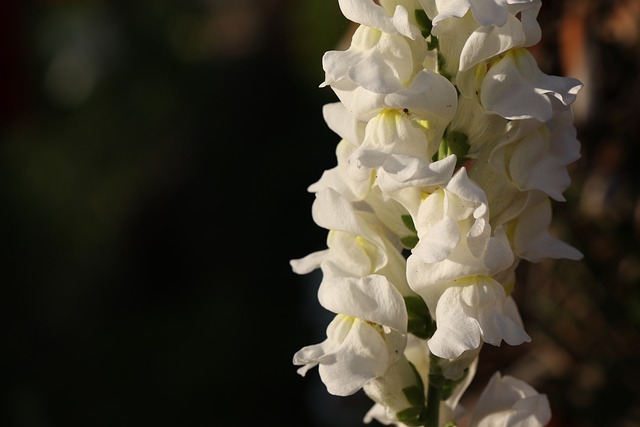
White snapdragon (Antirrhinum majus): Snapdragons are known for their unique, dragon-like shape. White snapdragons convey purity and grace, and their pointed flowers add vertical interest to gardens.
White snapdragon
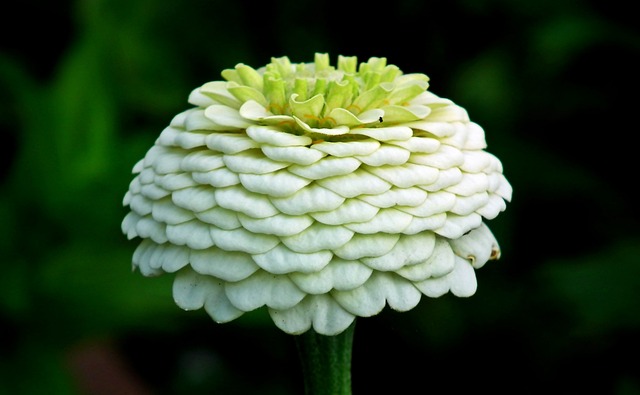
White Zinnia (Zinnia elegans): Zinnias are cheerful annual plants with daisy-like flowers. White varieties exude simplicity and elegance, making them versatile for decorating borders, beds, or cut flowers.
White Zinnia
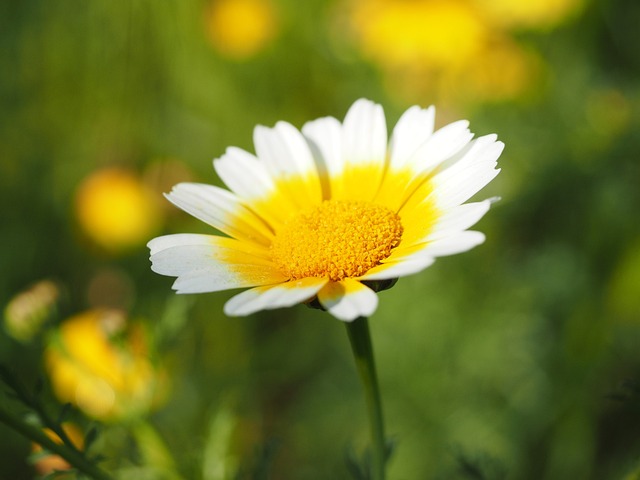
White Marigold (Tagetes spp): The white marigold is wonderful in its simplicity, symbolizing purity and spiritual wisdom. They add a touch of charm to summer gardens and containers.
White Marigold
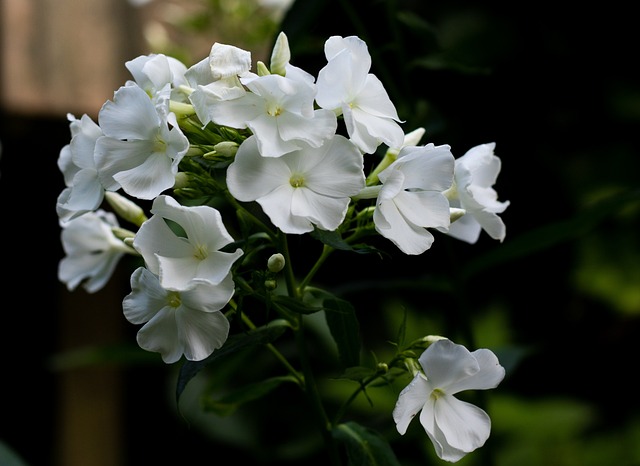
White Phlox (Phlox paniculata): With its fragrant, clustered flowers, white phlox is a garden favorite. A symbol of harmony, these perennials attract butterflies and hummingbirds.
White Phlox

White bleeding heart (Dicentra spectabilis): A bleeding heart produces heart-shaped flowers on arching stems. The white varieties represent purity and innocence, creating a romantic and whimsical feel in gardens.
White bleeding heart
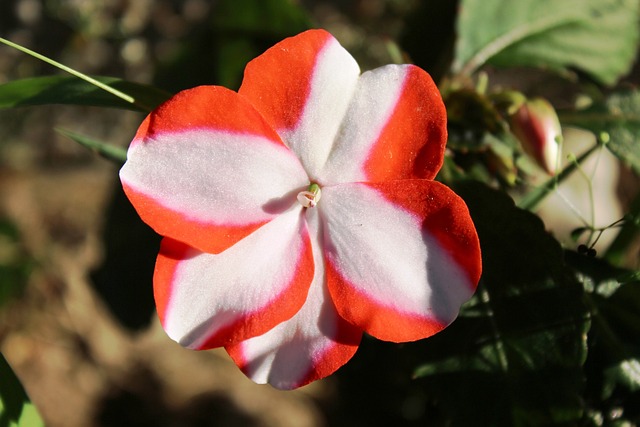
White Impatiens (Impatiens walleriana): These shade-loving annual plants are prized for their abundant blooms and ability to add white color to shaded areas. They are a symbol of honesty and patience.
White Impatiens
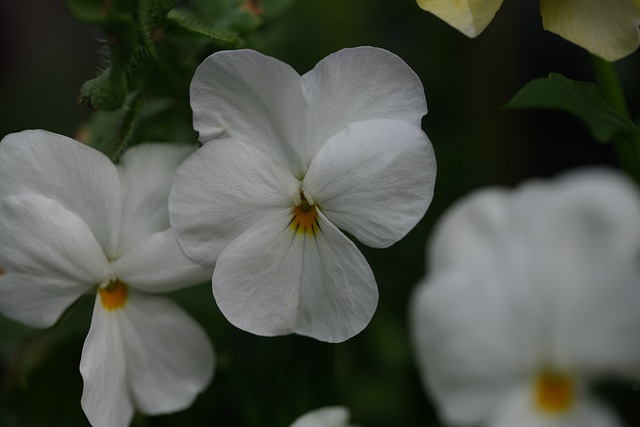
White Viola (Viola spp): Delicate and charming, the white viola is a symbol of innocence and humility. They are cool season annuals that brighten up gardens in spring and fall.
White Viola
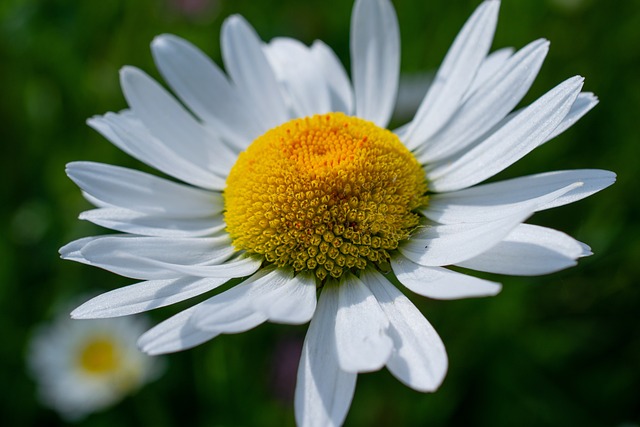
White Shasta Daisy (Leucanthemum x superbum): Shasta daisies are classic perennials with large, white flowers and golden centers. They symbolize purity and simplicity and are excellent for trimming gardens.
White Shasta Daisy
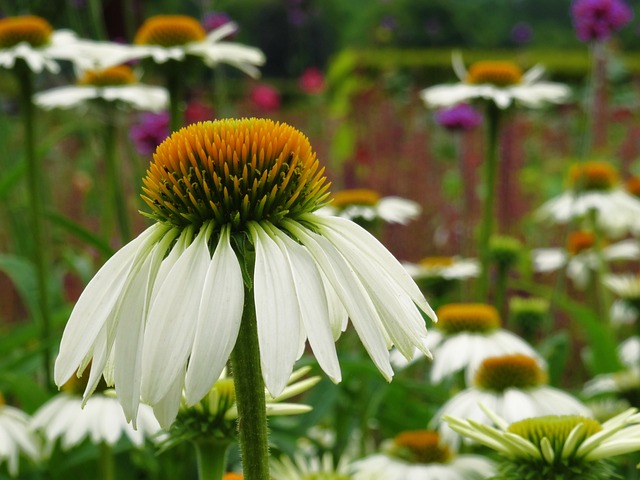
White coneflower (Echinacea purpurea): Coneflowers are known for their medicinal properties, and the white varieties symbolize purity and spirituality. They attract pollinators and add a natural, prairie-style look to gardens.
White coneflower
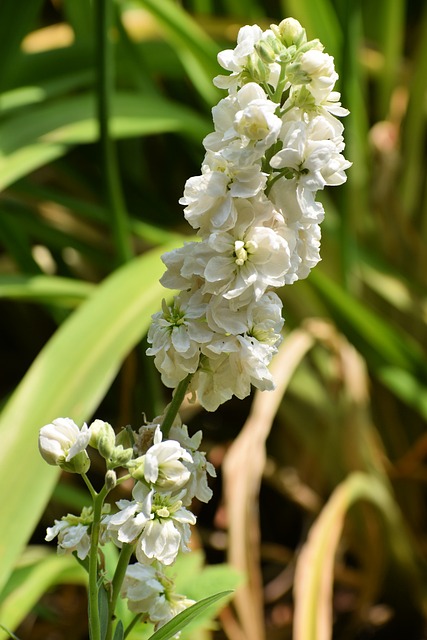
White delphinium (Delphinium spp): The tall thorns of white delphinium make a bold statement in the garden. They symbolize an open heart and a feeling of lightness.
White delphinium
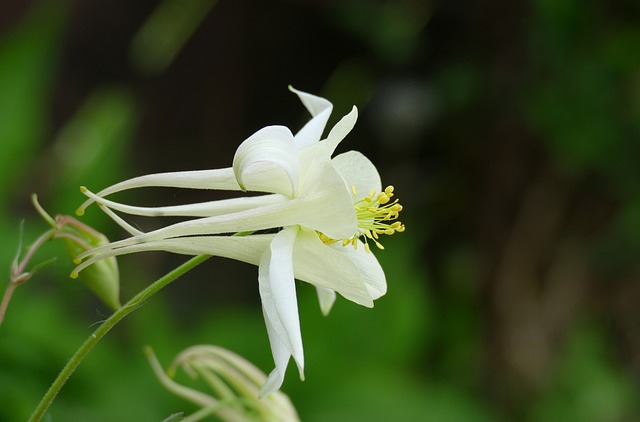
White Columbine (Aquilegia spp): Delicate and intricate, white columbine symbolizes innocence and represents nature’s beauty. they attract hummingbirds and butterflies.
White Columbine
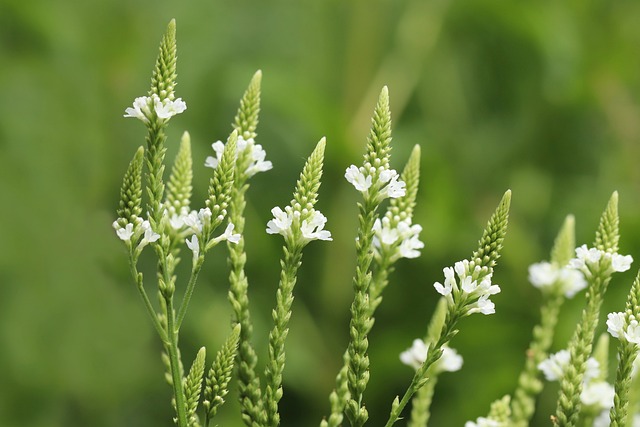
White Verbena (Verbena spp): Verbena is a low-growing, herbaceous plant with clusters of small, fragrant flowers. White strands symbolize purity and simplicity, making them ideal for hanging baskets and containers.
White Verbena
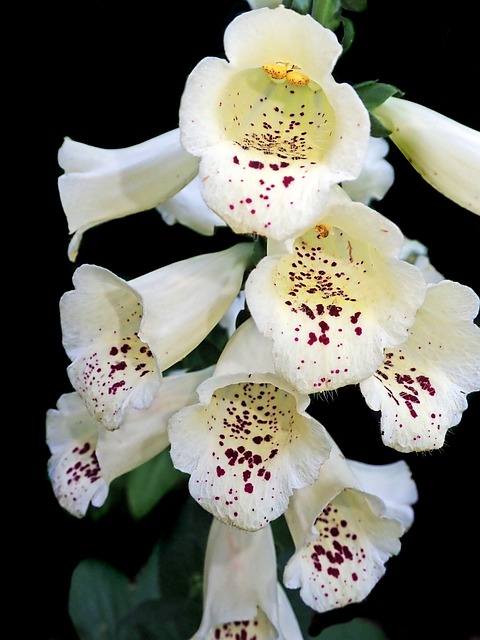
White foxglove (Digitalis purpurea): Foxgloves are tall, prickly plants with tubular flowers. White varieties symbolize protection and purity, which add charm to the cottage garden.
White foxglove
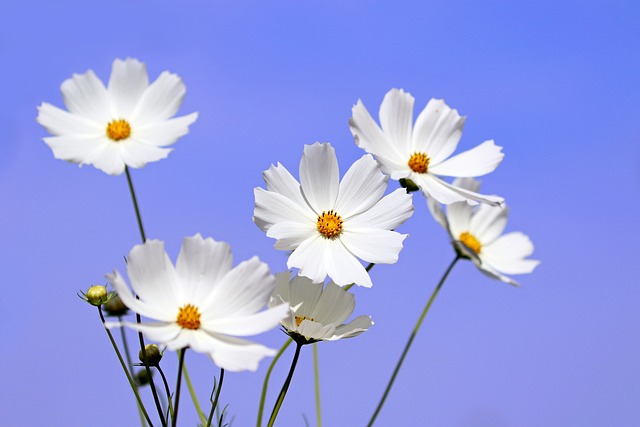
White Cosmos (Cosmos bipinnatus): Cosmos are airy, chamomile-like annual plants with feathery leaves. White cosmos symbolize innocence and are excellent for cut gardens and pollinator-friendly landscapes.
White Cosmos
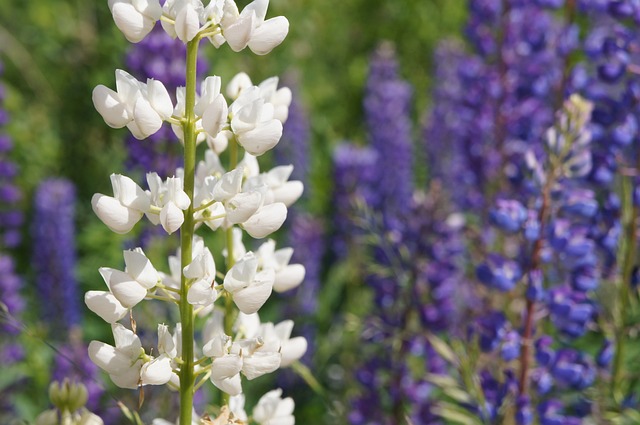
White Lupine (Lupinus spp): With their distinctive spikes of pea-like flowers, white lupines epitomize the imagination and have a strong vertical presence in garden borders.
White Lupine
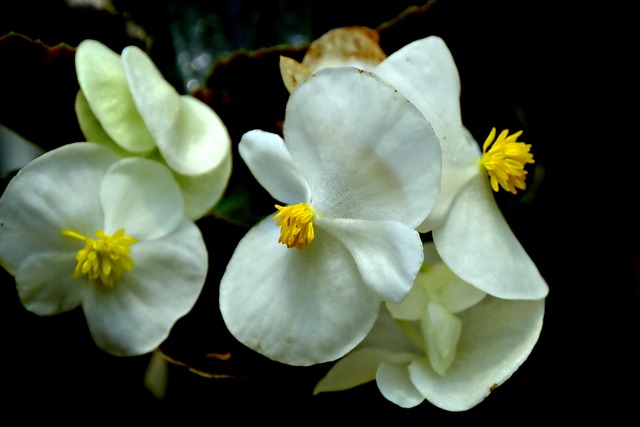
White Begonia (Begonia spp): Begonias are versatile plants with various growth habits. White begonias express elegance and are perfect for containers, hanging baskets, or garden beds.
White Begonia
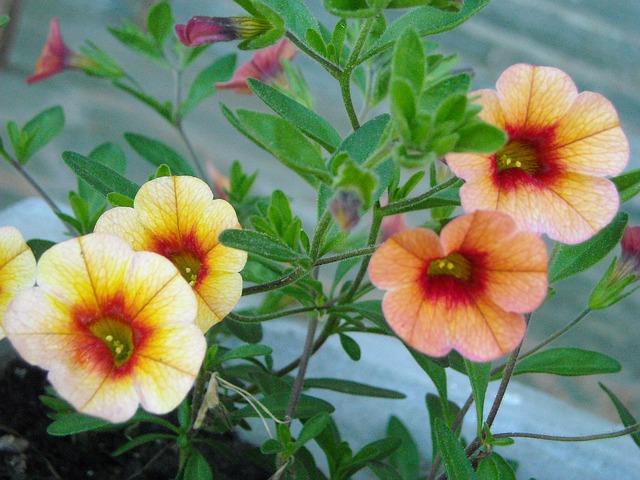
White Calibrachoa (Calibrachoa spp): Also known as Million Bells, White Calibrachoa is an annual plant with abundant small flowers. It is the embodiment of simplicity and is perfect for hanging baskets and containers.
White Calibrachoa
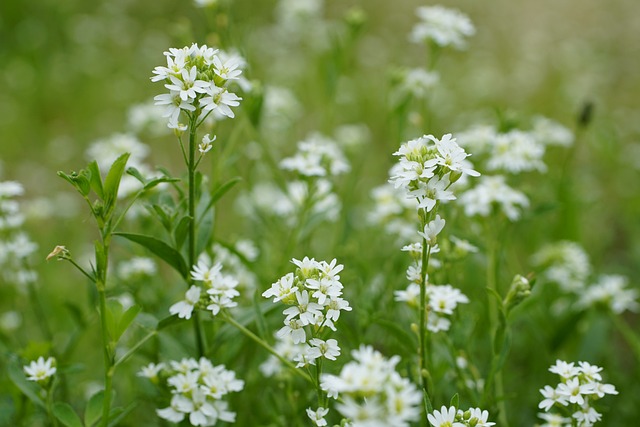
White alyssum (Lobularia maritima): Sweet alyssum is a low-growing annual plant with small, fragrant flowers. White varieties symbolize integrity and make excellent ground covers or container fillers.
White alyssum

White Ageratum (Ageratum houstonianum): Ageratum, or floss flower, is a compact annual plant with fluffy, clustered flowers. White ageratum symbolizes everlasting love and adds texture to borders or containers.
White Ageratum
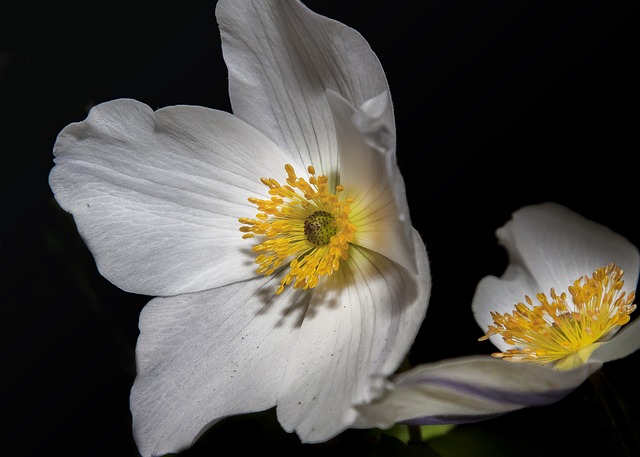
White hellebore (Helleborus spp): Hellebores, also known as Lenten roses, are shade-loving perennial flowers. The white varieties symbolize peace and often bloom early in the spring.
White hellebore
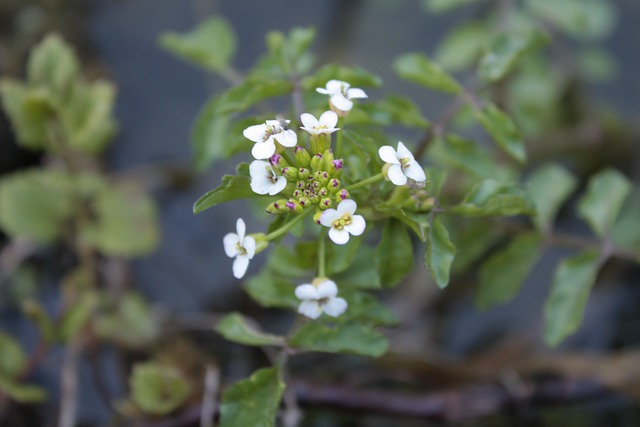
White nasturtium (Tropaeolum majus): Nasturtiums are edible, annuals with vibrant flowers. The white nasturtium is a symbol of purity and can be used in both decorative and culinary settings.
White nasturtium
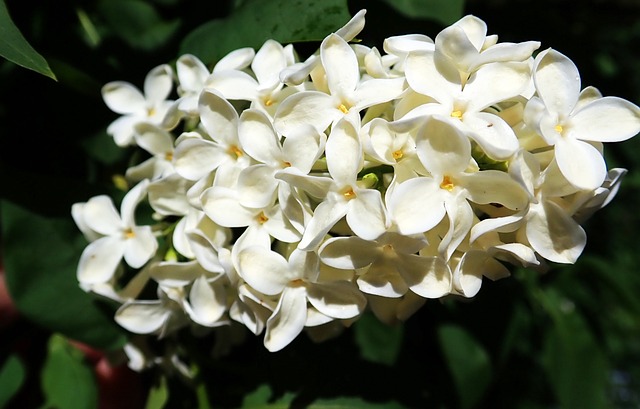
White lilac (Syringa vulgaris): Lilacs are deciduous shrubs with fragrant panicles of flowers. White lilacs symbolize youthful innocence and are loved for their delightful scent.
White lilac
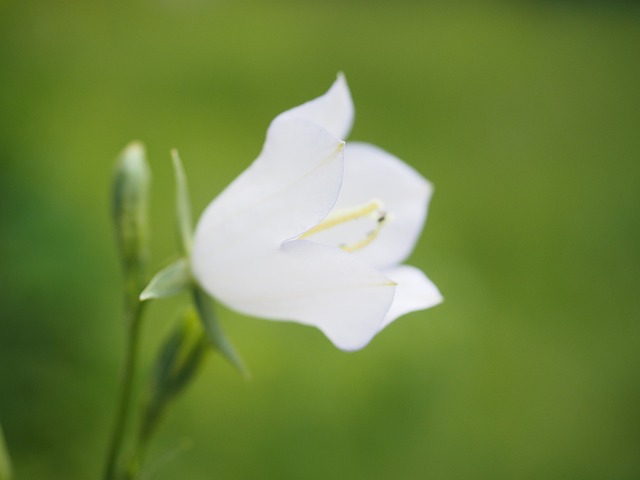
White balloon flower (Platycodon grandiflorus): The balloon flower opens from a balloon-like bud into a star-shaped flower. White varieties symbolize purity and make charming additions to perennial beds.
White balloon flower
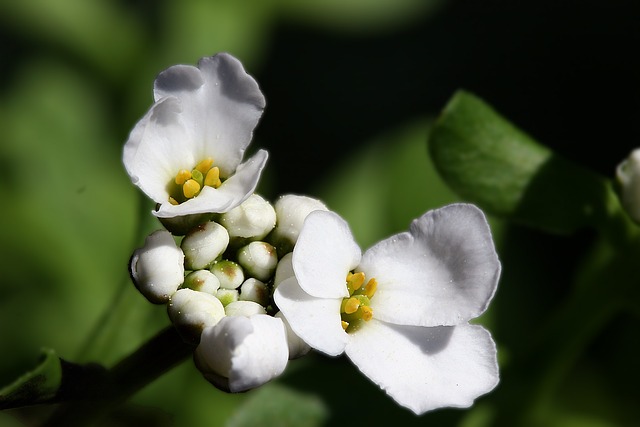
White sweet alyssum (Lobularia maritima): Fragrant and low-growing, sweet alyssum is an annual ground cover. White varieties symbolize modesty and are excellent for borders, containers, or hanging baskets.
White sweet alyssum
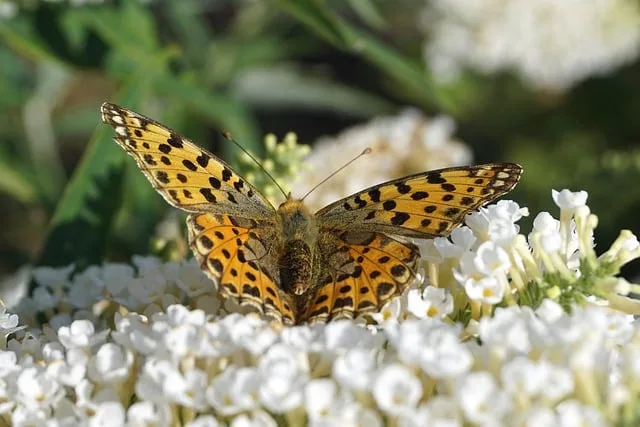
White Butterfly Bush (Buddleja davidii): Butterfly bushes are known for attracting pollinators with their tall spikes of flowers. The white strands symbolize purity and innocence.
White Butterfly Bush
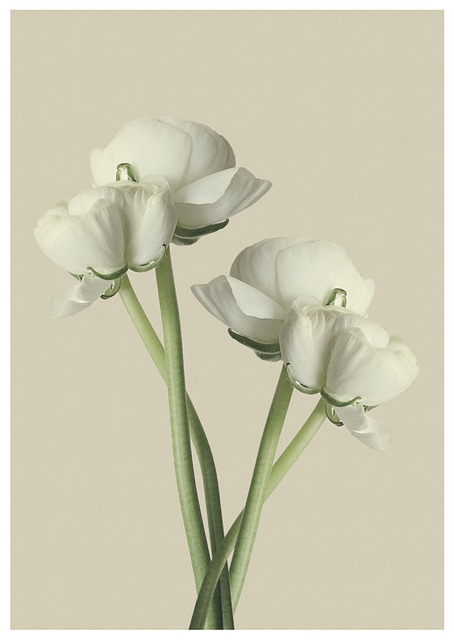
White Ranunculus (Ranunculus asiaticus): Ranunculus produces densely covered flowers. White ranunculus symbolizes charm and allure, making them a popular choice for cut flower arrangements.
White Ranunculus
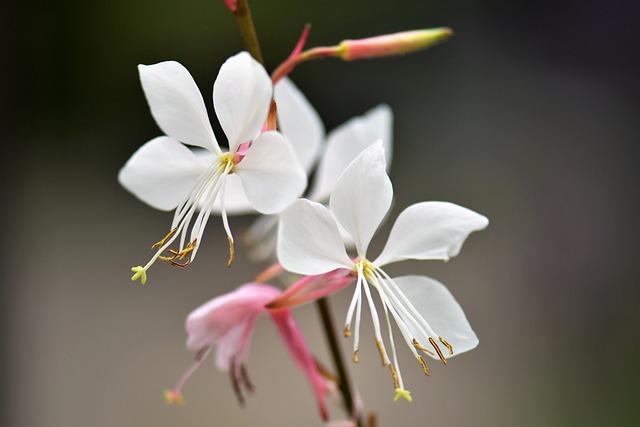
White Gaura (Gaura lindheimeri): Also known as circling butterflies, Gaura have delicate, airy flowers on long stems. White varieties symbolize purity and add a lovely, whimsical touch to gardens.
White Gaura
These white flower plants make for a beautiful addition to your garden and offer a variety of shapes, sizes, and bloom times, allowing you to create a garden with timeless beauty and serene elegance.
People Also Ask
- What is the plant that has white flowers?
- Numerous plants have white flowers. Examples include white roses, lilies, daisies, and hydrangeas.
- What is the name of the white flowers?
- White flowers come in various species, and their names depend on the specific plant. Examples include white roses (Rosa), white lilies (Lilium), and white daisies (Leucanthemum).
- What is the easiest white flower to grow?
- White impatiens (Impatiens walleriana) are often considered easy to grow. They thrive in shaded areas, have continuous blooms, and are suitable for both garden beds and containers.
- Which white flower is good for home?
- Peace Lily (Spathiphyllum) is a popular white-flowered houseplant. It’s known for its air-purifying qualities and elegant white blooms, making it a great choice for indoor environments.

